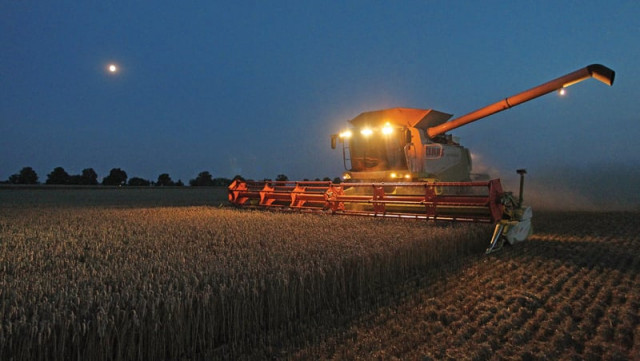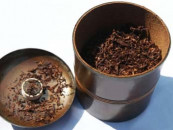Farmers fare better due to subsidy on urea
An average grower saves Rs2,485 per hectare on urea, Rs3,437 per hectare on DAP

An average grower saves Rs2,485 per hectare on urea, Rs3,437 per hectare on DAP.
The support significantly improved the output of important crops like cotton, sugarcane, maize and rice during the first nine months (Jul-Mar) of fiscal year 2016-17 (FY17).
Punjab proposes abolishing sales tax on all types of fertiliser
Important crops – wheat, rice, sugarcane, maize and cotton – have a share of 23.85% in the overall agriculture sector.
A typical grower involved in cultivation of important crops saved Rs2,485 per hectare on urea and Rs3,437 per hectare on di-ammonium phosphate (DAP) during the first nine months of FY17, according to the SBP estimates.
A combination of cash subsidy, reduction in sales tax and voluntary reduction in prices by manufacturers consolidated the recovery in fertiliser off-take in FY17. Urea and DAP sales surged by 18.8% and 11.1% respectively in Rabi season 2016-17 compared to the corresponding period of previous year.
Credit off-take also posted a steady gain while shortfall in water availability during Rabi 2016-17 was the only impeding factor that hit the sector during the period under review, according to the SBP’s third quarterly report 2016-17 on the state of the economy.
The disbursement of agriculture credit during July to March 2016-17 was observed to be 23% higher compared to the previous year.
According to the Pakistan Economic Survey 2016-17 released in May 2017, Prime Minister’s Kisan Package together with other relief measures yielded positive results for the agriculture sector. Due to better performance of important crops agriculture sector, contributing 19.5% to overall GDP of Pakistan, achieved its targeted growth rate of 3.5% during FY17. After an embarrassing slowdown in agriculture growth (0.27%) in 2016, the government decided to incentivise the sector through different schemes and the effort paid off this year.
Important crop segment posted a growth of 4.1% during the first nine months of FY17 compared to a contraction of 5.5% last year.
Apart from agriculture, industrial sector posted a slower growth of 5% in FY17 compared to a much healthier increase of 5.8%. However, just like the better performance of agriculture sector, services sector showed a growth of 6% compared to 5.5% in the period under review.
Poor performance of agriculture sector led to low GDP growth last year, however, this year it was the agriculture sector that mainly helped the country post 5.3% GDP growth rate – the highest in a decade – in FY17.
The real culprit that brought down the agriculture growth rate last year was the cotton crop. However, this year cotton crop posted a significant growth rate of 7.6% compared to a negative growth rate of 29% last year.
Govt looks to cash in by supporting agriculture sector
Sugarcane crop also showed a significant improvement in FY17 as it posted a growth of 12.4% compared to 4.2% in the previous year. Similarly, maize posted a growth of 16.3% compared to 6.8% last year.
Rice also recorded mentionable growth of 0.7% compared to a negative growth of 2.9%. However, wheat crop which showed a reasonable growth rate of 2.2% last year, posted a growth of just 0.5% in FY17.
the writer is a staff correspondent
Published in The Express Tribune, July 3rd, 2017.
Like Business on Facebook, follow @TribuneBiz on Twitter to stay informed and join in the conversation.



















COMMENTS
Comments are moderated and generally will be posted if they are on-topic and not abusive.
For more information, please see our Comments FAQ